Home>Gardening & Outdoor>Landscaping Ideas>What Is The Prettiest Grass
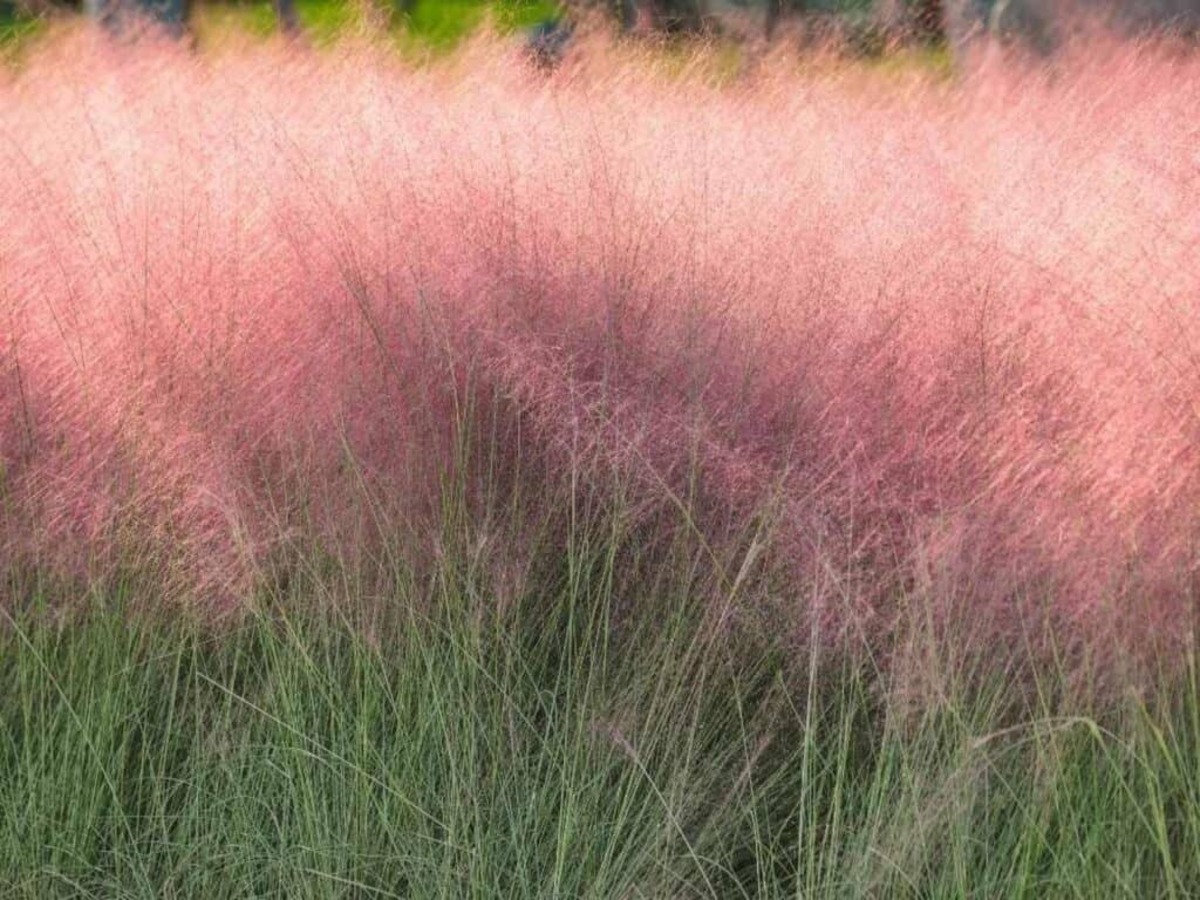

Landscaping Ideas
What Is The Prettiest Grass
Modified: October 19, 2024
Discover the prettiest grass for your landscaping ideas. Learn about the best grass types and how to achieve a beautiful lawn. Ideal for enhancing your outdoor space.
(Many of the links in this article redirect to a specific reviewed product. Your purchase of these products through affiliate links helps to generate commission for Storables.com, at no extra cost. Learn more)
Introduction
Welcome to the world of landscaping, where the lush green grass forms the foundation of a breathtaking outdoor oasis. The quest for the prettiest grass is a common pursuit among homeowners and landscape enthusiasts alike. The allure of a velvety green lawn is undeniable, as it sets the stage for outdoor gatherings, children’s play, and tranquil relaxation. However, the journey to finding the prettiest grass involves a myriad of considerations, from climate and soil type to maintenance preferences and aesthetic appeal.
As we delve into the realm of landscaping, it’s essential to understand that the definition of “prettiest” can vary significantly from one person to another. Some may prioritize resilience and low maintenance, while others seek a luscious, manicured look that requires more effort to upkeep. Moreover, the concept of beauty extends beyond mere visual appeal, encompassing factors such as environmental sustainability and functionality.
In this comprehensive guide, we will explore the factors to consider when selecting the prettiest grass for your landscape, delve into the various types of grass that thrive in different environments, and provide invaluable maintenance tips to keep your lawn looking resplendent throughout the seasons. Whether you’re a seasoned gardener or a novice homeowner, this guide will equip you with the knowledge to make an informed decision and cultivate a stunning grassy canvas that enhances the charm of your outdoor living space.
Key Takeaways:
- Choose the prettiest grass for your lawn by considering climate, soil type, and maintenance preferences. Each grass type has unique characteristics that can enhance the beauty of your outdoor space.
- Maintain the beauty of your grass by following essential tips such as regular mowing, proper watering, and weed control. With consistent care, your lawn will remain a stunning focal point of your outdoor environment.
Factors to Consider
When embarking on the quest for the prettiest grass, it’s crucial to consider a multitude of factors to ensure that your lawn not only looks stunning but also thrives in its environment. Understanding the unique characteristics of your landscape and evaluating your preferences will guide you toward selecting the most suitable grass variety. Here are the key factors to consider:
- Climate: The climate of your region plays a pivotal role in determining the type of grass that will flourish in your lawn. Whether you experience scorching summers, frigid winters, or a balanced climate, choosing a grass variety that is well-adapted to your local weather patterns is essential for a vibrant and resilient lawn.
- Soil Type: Assessing the composition of your soil is imperative, as different grass species have distinct soil preferences. Whether your soil is sandy, clay-based, acidic, or alkaline, selecting a grass variety that thrives in your soil type will contribute to a healthier and more attractive lawn.
- Usage: Consider the intended use of your lawn. If it’s a space for children and pets to play, you’ll need a durable grass variety that can withstand heavy foot traffic. Alternatively, if your lawn is primarily for ornamental purposes, you may prioritize aesthetic qualities over resilience.
- Maintenance Preferences: Assess your willingness and capacity to maintain your lawn. Some grass types demand frequent mowing, fertilization, and watering, while others are more low-maintenance. Aligning your maintenance preferences with the characteristics of the grass will contribute to a sustainable and visually pleasing lawn.
- Water Availability: Evaluate the water availability in your area, taking into account natural rainfall patterns and any water restrictions that may be in place. Choosing a grass variety that is well-suited to the available water resources will promote water efficiency and long-term vitality.
- Shade and Sunlight: Analyze the amount of sunlight and shade your lawn receives throughout the day. Certain grass species thrive in full sun, while others are more shade-tolerant. Understanding the light conditions of your landscape will guide you in selecting a grass variety that can photosynthesize optimally.
By carefully considering these factors, you can narrow down the options and identify the prettiest grass variety that harmonizes with your unique landscape and preferences.
Types of Grass
As you venture into the realm of landscaping, the diverse array of grass species available may seem overwhelming. Each grass variety boasts distinct characteristics, from color and texture to resilience and maintenance requirements. Understanding the different types of grass will empower you to make an informed decision that aligns with the specific needs and aesthetic vision for your lawn. Here are some popular types of grass:
- Bermuda Grass: Known for its exceptional heat tolerance and rapid growth, Bermuda grass thrives in sunny environments. Its fine texture and vibrant green hue make it a popular choice for lawns, sports fields, and golf courses.
- Zoysia Grass: Zoysia grass is celebrated for its dense growth pattern and tolerance to varying light conditions. With its lush, carpet-like appearance and moderate maintenance requirements, Zoysia grass is a favored option for both residential and commercial landscapes.
- Fescue Grass: Fescue grass varieties, including tall fescue and fine fescue, are renowned for their shade tolerance and cool-season growth. These grasses exhibit a fine texture and vibrant green color, thriving in regions with moderate temperatures and partial shade.
- Centipede Grass: Recognized for its low-maintenance nature and pale green hue, centipede grass is well-suited to acidic soils and exhibits excellent heat tolerance. Its slow growth and minimal mowing requirements make it an attractive option for homeowners seeking a visually appealing yet undemanding lawn.
- St. Augustine Grass: St. Augustine grass is prized for its lush, emerald green appearance and rapid spread. This warm-season grass thrives in coastal regions and exhibits robust salt tolerance, making it an ideal choice for properties near the sea.
- Kentucky Bluegrass: Renowned for its rich color and fine texture, Kentucky bluegrass is a cool-season grass that flourishes in regions with cold winters. Its resilience and ability to form a dense, uniform lawn make it a popular choice for residential and commercial landscapes.
Each type of grass presents a unique set of characteristics, and selecting the ideal variety entails considering factors such as climate, soil type, maintenance preferences, and aesthetic goals. By exploring the diverse options and understanding their attributes, you can pinpoint the prettiest grass that will thrive in your specific environment and elevate the allure of your outdoor space.
Consider planting Kentucky bluegrass for a lush, green lawn. It is known for its fine texture and beautiful color, making it a popular choice for many homeowners.
Maintenance Tips
Once you’ve selected the prettiest grass for your landscape, maintaining its beauty and vitality becomes paramount. Implementing effective maintenance practices will not only enhance the visual appeal of your lawn but also contribute to its long-term health and resilience. Here are essential maintenance tips to ensure that your grass remains a stunning focal point of your outdoor environment:
- Regular Mowing: Establish a consistent mowing schedule based on the growth rate of your grass variety. Avoid cutting more than one-third of the grass blade’s length in a single mowing session to prevent stress and promote healthy regrowth.
- Proper Watering: Water your lawn deeply and infrequently to encourage deep root growth and drought resistance. Be mindful of local watering restrictions and adjust your watering schedule based on seasonal changes and rainfall patterns.
- Fertilization: Apply a balanced fertilizer according to the specific needs of your grass type and soil conditions. Timing the application of fertilizer to coincide with periods of active growth will optimize its effectiveness and contribute to vibrant, resilient grass.
- Weed Control: Regularly inspect your lawn for invasive weeds and implement targeted weed control measures to prevent them from competing with your grass for essential nutrients and sunlight.
- Aeration: Periodically aerate your lawn to alleviate soil compaction and facilitate the efficient absorption of water, air, and nutrients by the grass roots. This practice promotes robust root development and overall lawn health.
- Overseeding: Introduce new grass seed to your lawn through overseeding to fill in sparse areas and rejuvenate the density and vibrancy of the grass cover. Select high-quality seed that complements the existing grass variety for seamless integration.
- Pest and Disease Management: Stay vigilant for signs of pests and diseases that can compromise the health and appearance of your grass. Implement preventive measures and seek professional assistance if issues arise to mitigate potential damage.
By adhering to these maintenance tips and tailoring them to the specific requirements of your chosen grass variety, you can cultivate a visually striking lawn that serves as a captivating backdrop for outdoor activities and leisure. Consistent care and attention will preserve the prettiest qualities of your grass and enrich the overall ambiance of your outdoor living space.
Conclusion
Embarking on the journey to discover the prettiest grass for your landscape is a rewarding endeavor that merges aesthetic aspirations with environmental harmony. By considering the diverse factors that influence grass selection, exploring the characteristics of different grass types, and embracing effective maintenance practices, you can cultivate a stunning lawn that enhances the allure of your outdoor living space.
As you navigate the intricacies of landscaping, remember that the prettiest grass is not solely defined by its visual appeal, but also by its resilience, functionality, and ability to thrive harmoniously within its environment. Whether you opt for the lush emerald hues of Bermuda grass, the dense elegance of Zoysia grass, or the vibrant resilience of Kentucky bluegrass, your choice reflects a thoughtful alignment of your preferences, climate, and maintenance capacity.
Ultimately, the prettiest grass is the one that resonates with your vision for a captivating outdoor sanctuary and seamlessly integrates with the natural elements of your landscape. It sets the stage for cherished moments with loved ones, leisurely strolls, and the simple joy of basking in the beauty of nature.
As you embark on this green journey, may your chosen grass variety flourish abundantly, forming a verdant tapestry that evokes delight and tranquility. With attentive care and a deep appreciation for the nuances of your lawn, you can revel in the evergreen charm of your outdoor haven, where the prettiest grass thrives in harmony with the rhythms of nature.
Frequently Asked Questions about What Is The Prettiest Grass
Was this page helpful?
At Storables.com, we guarantee accurate and reliable information. Our content, validated by Expert Board Contributors, is crafted following stringent Editorial Policies. We're committed to providing you with well-researched, expert-backed insights for all your informational needs.
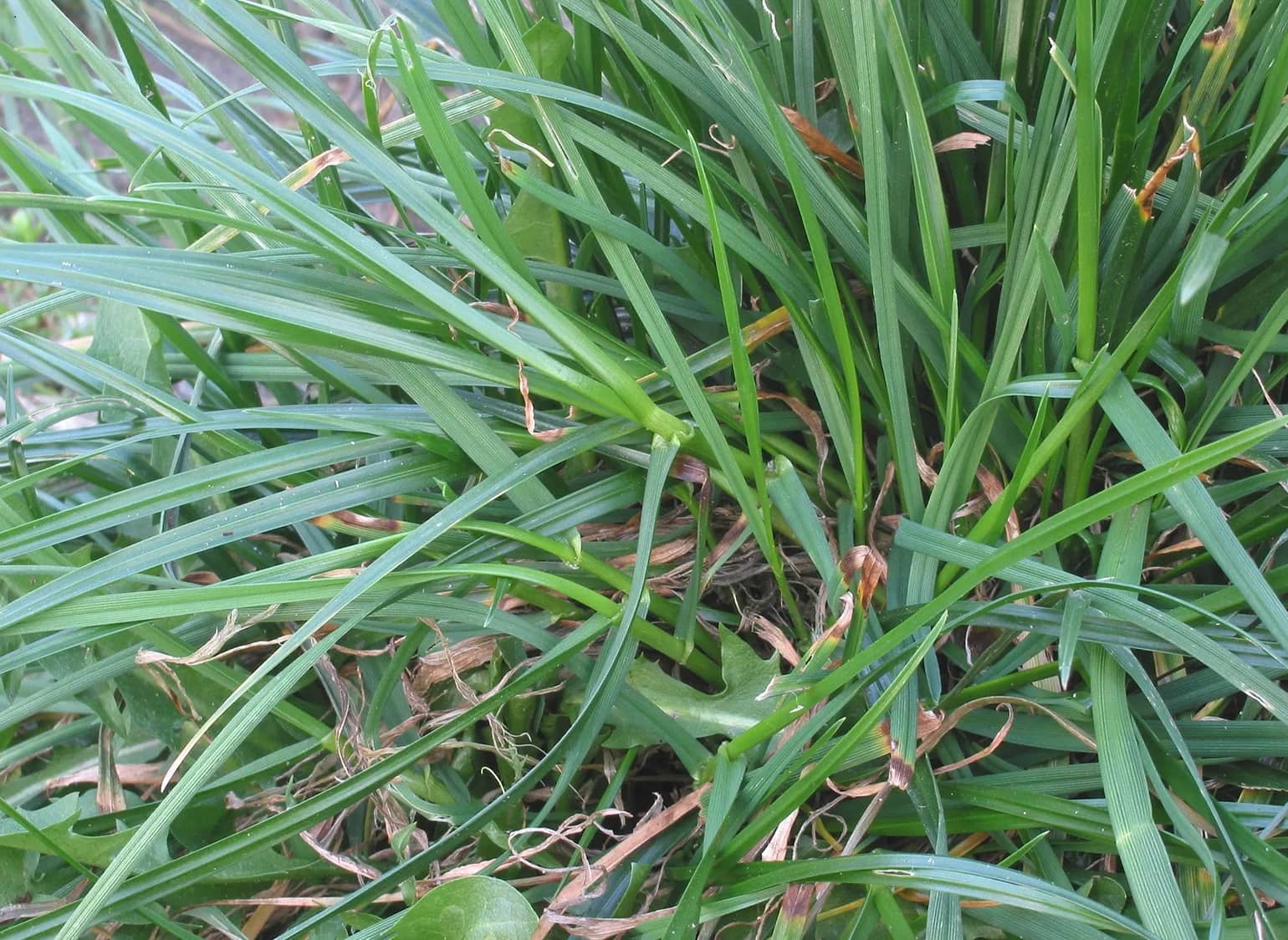
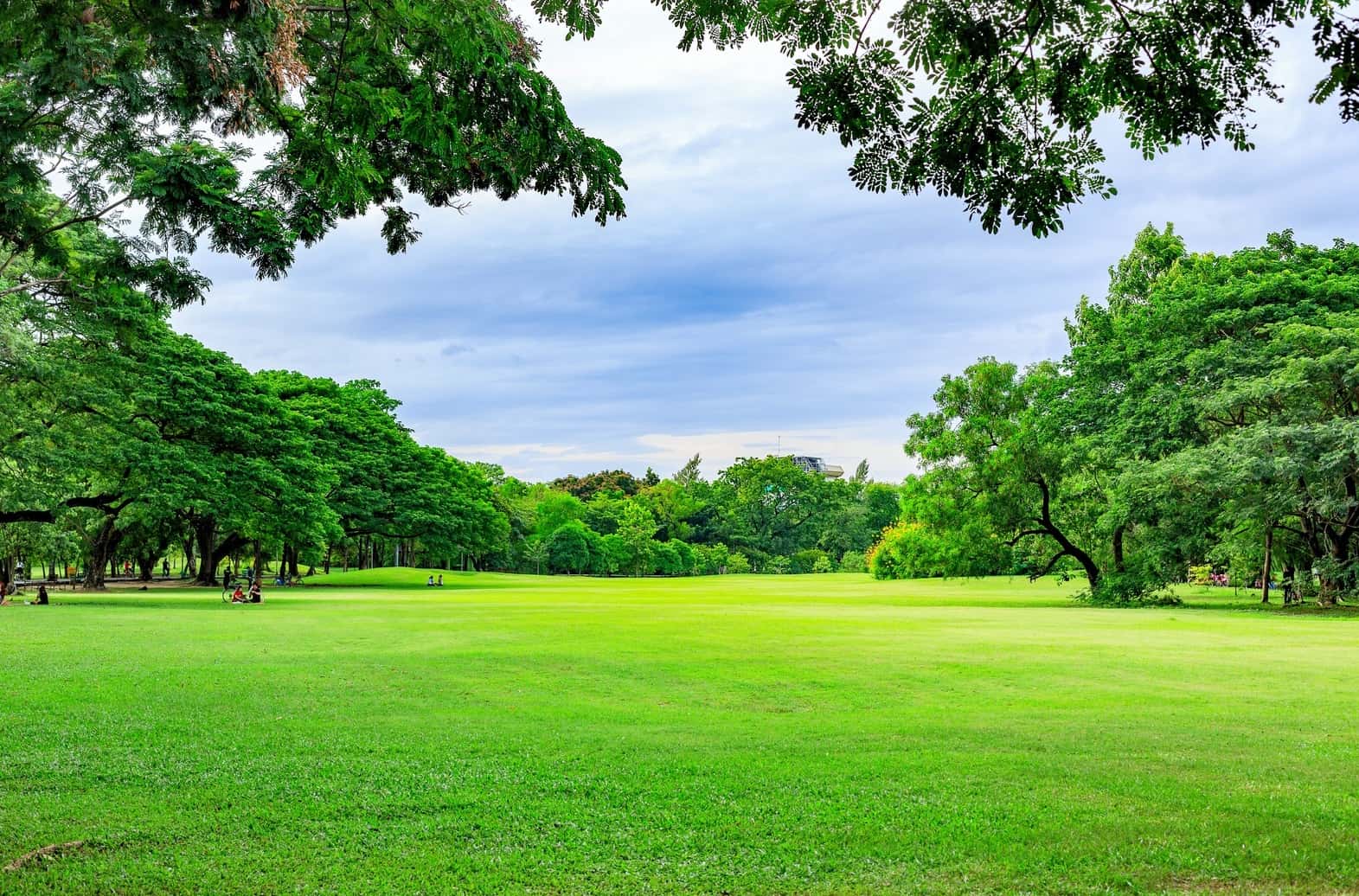
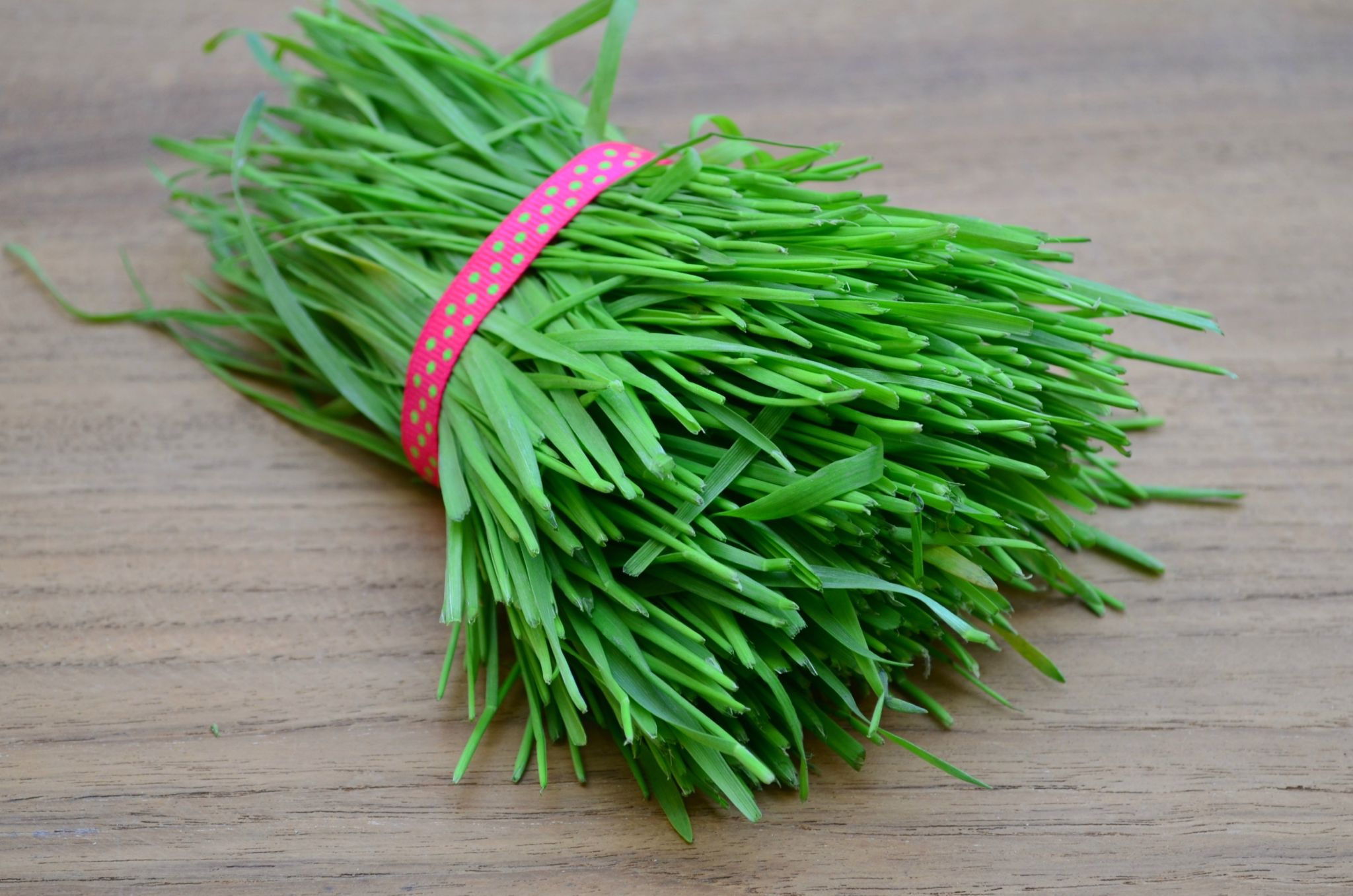
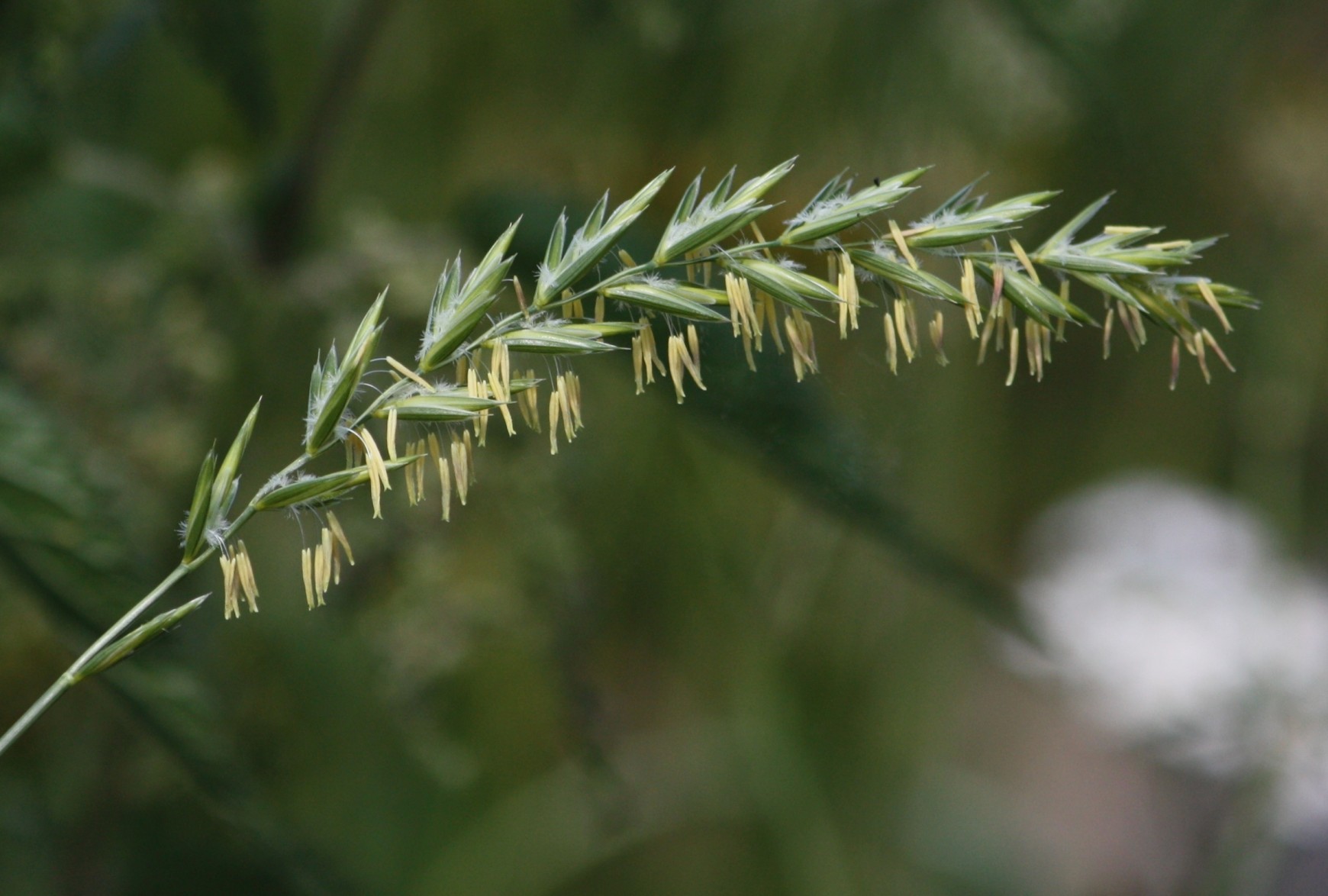
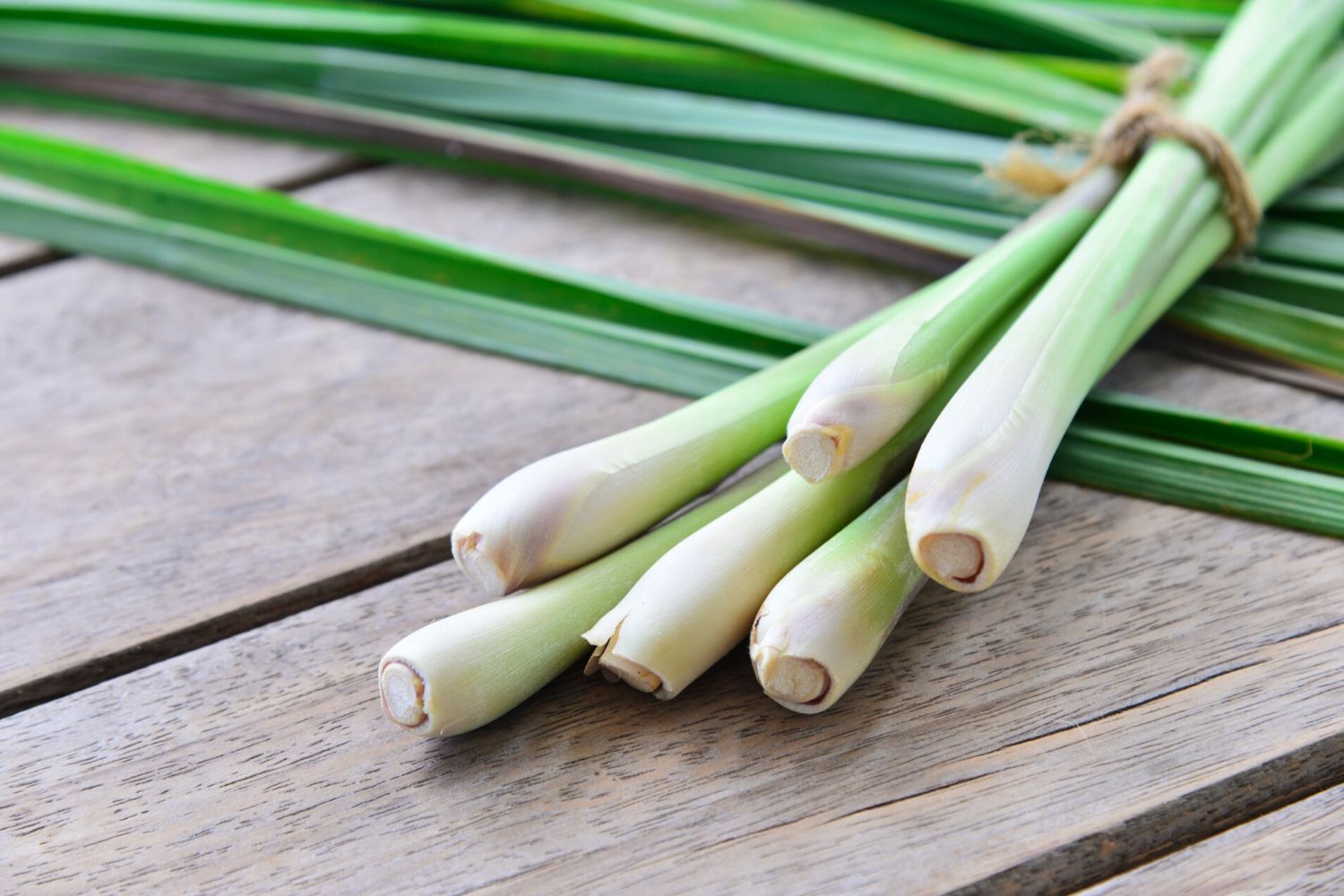
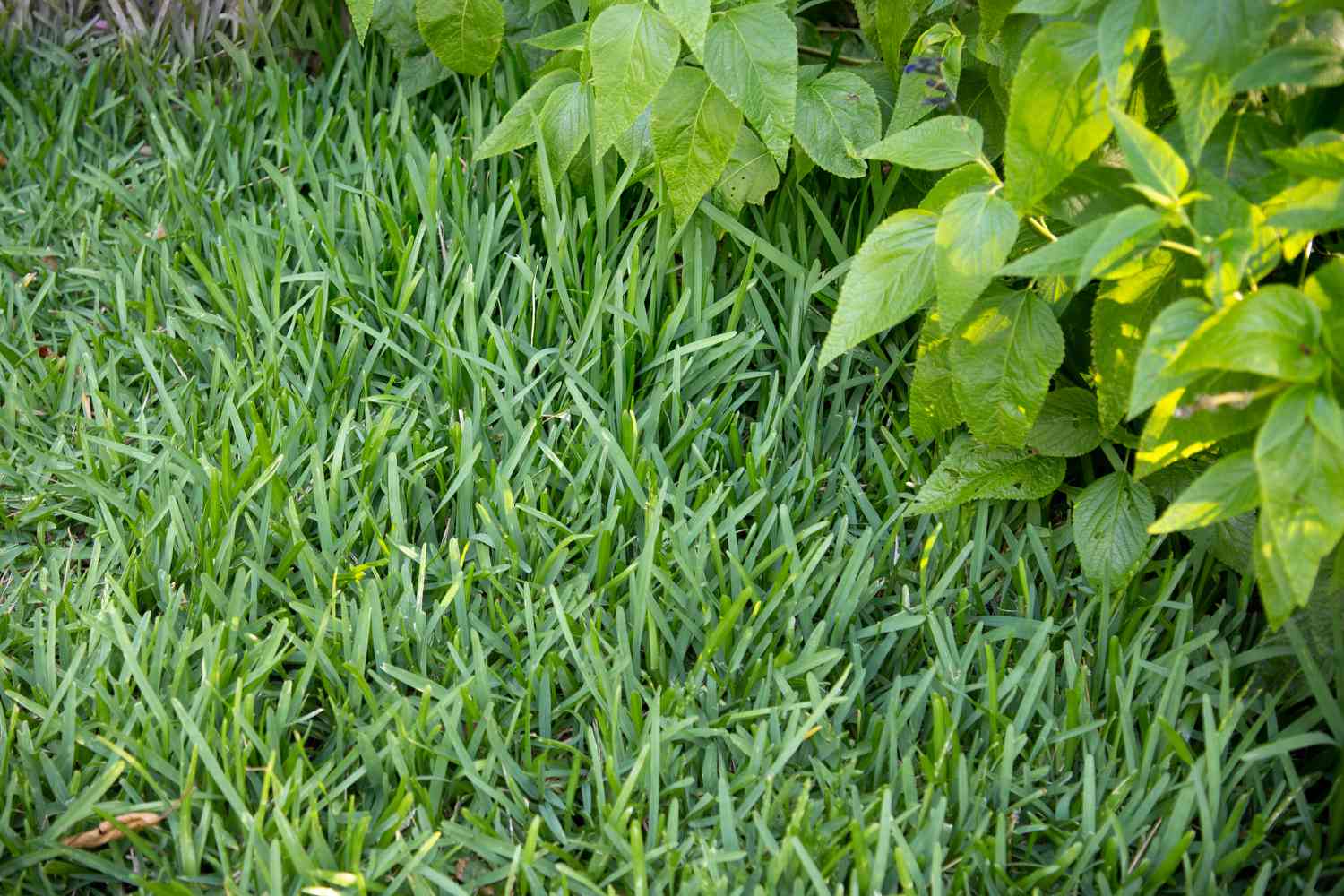
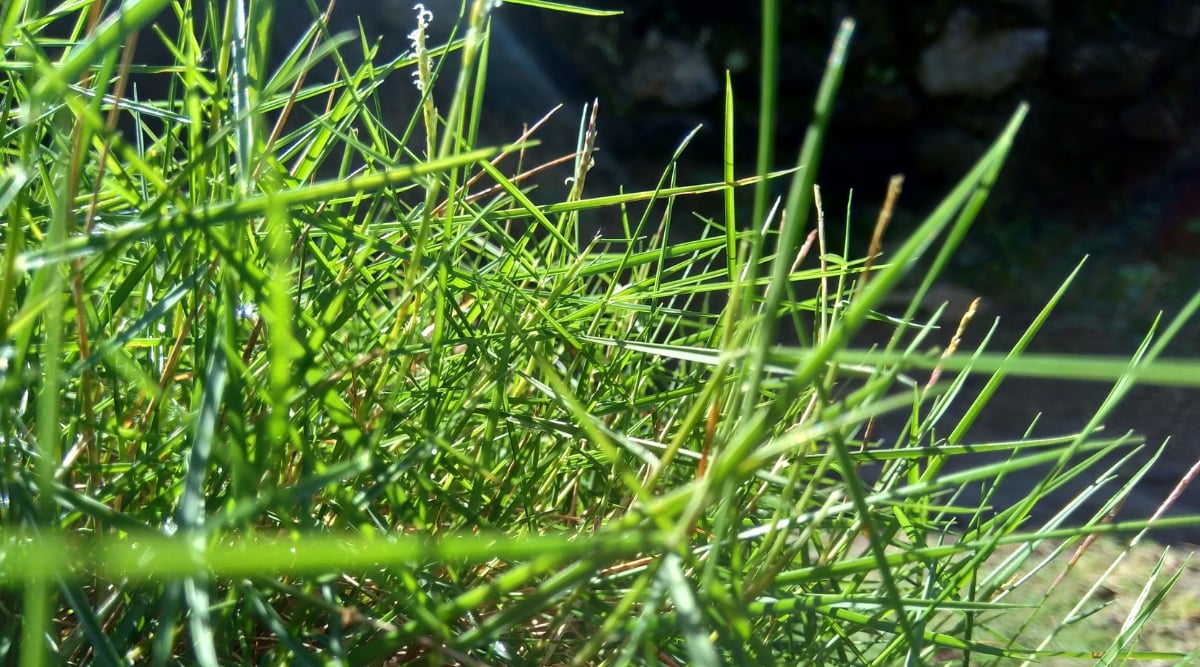
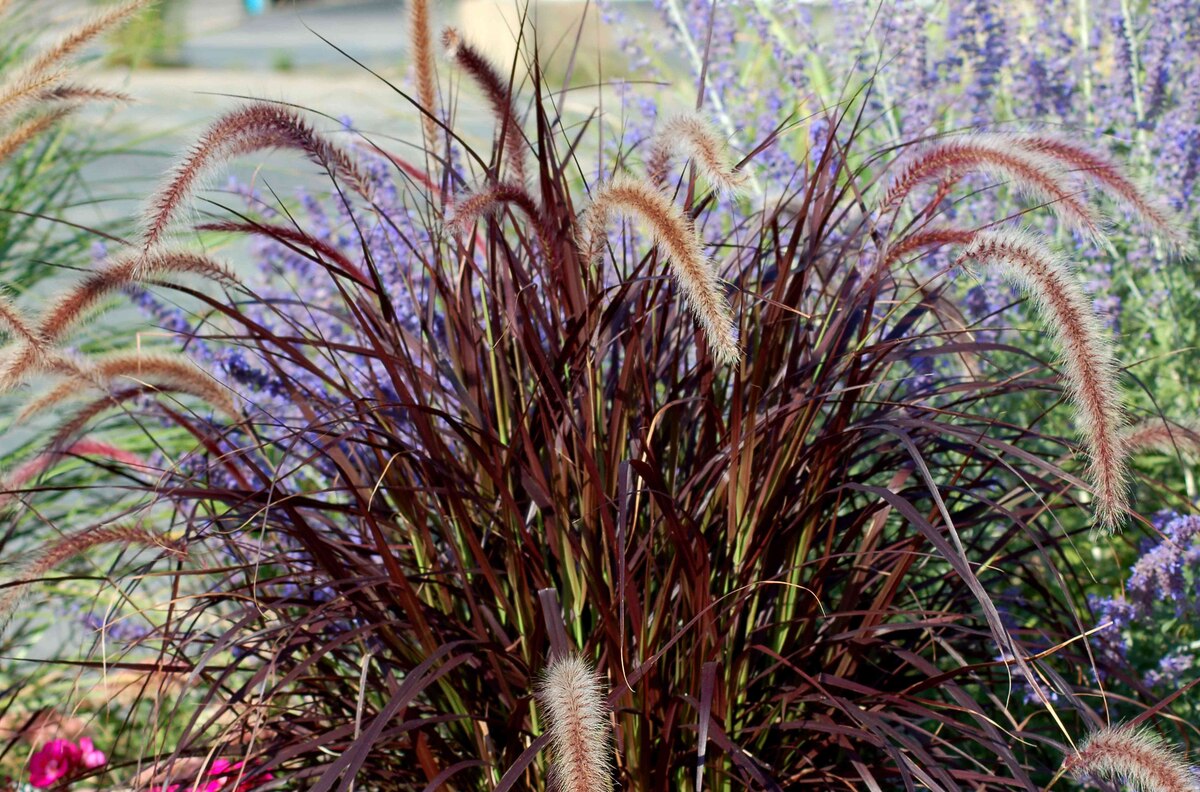
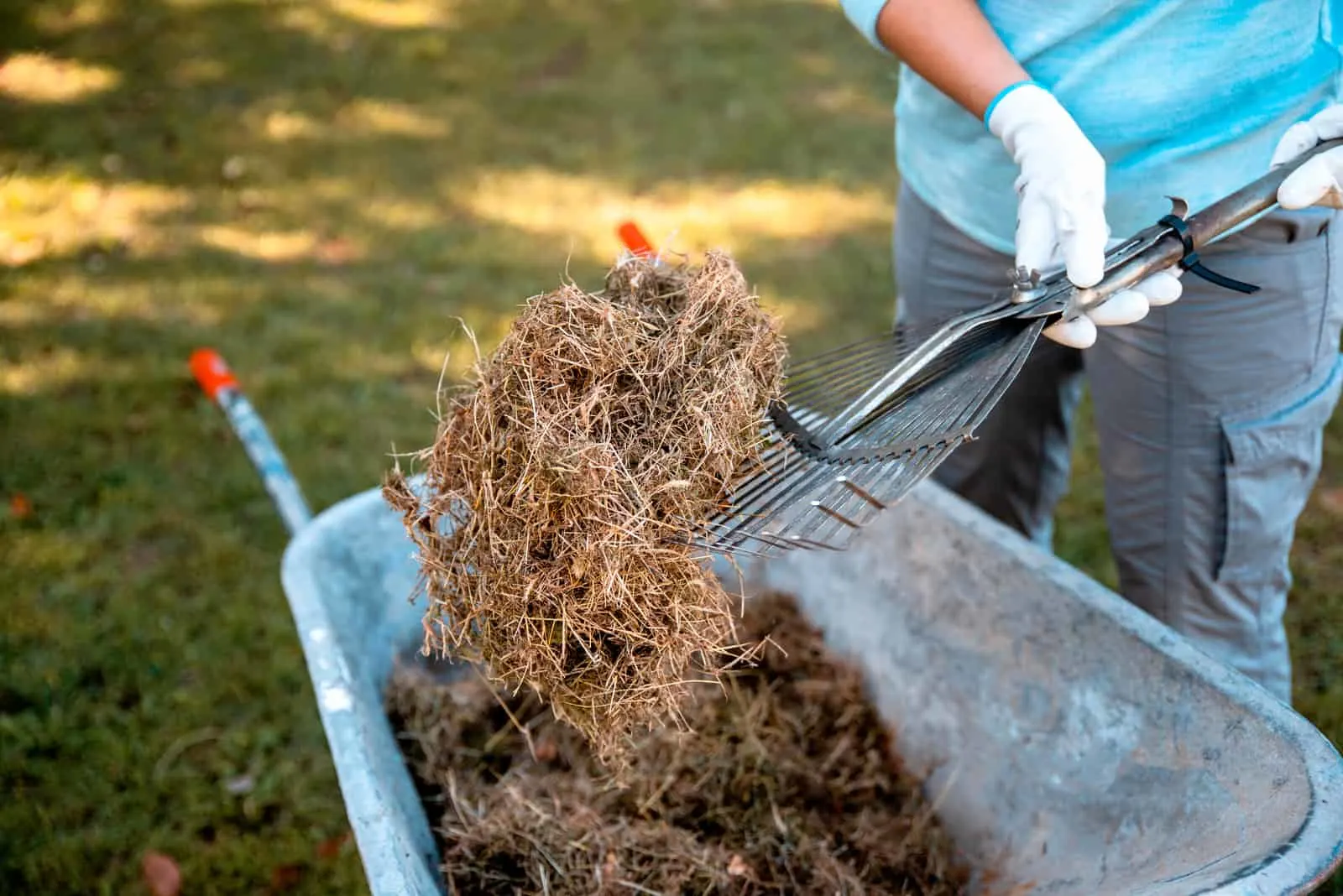
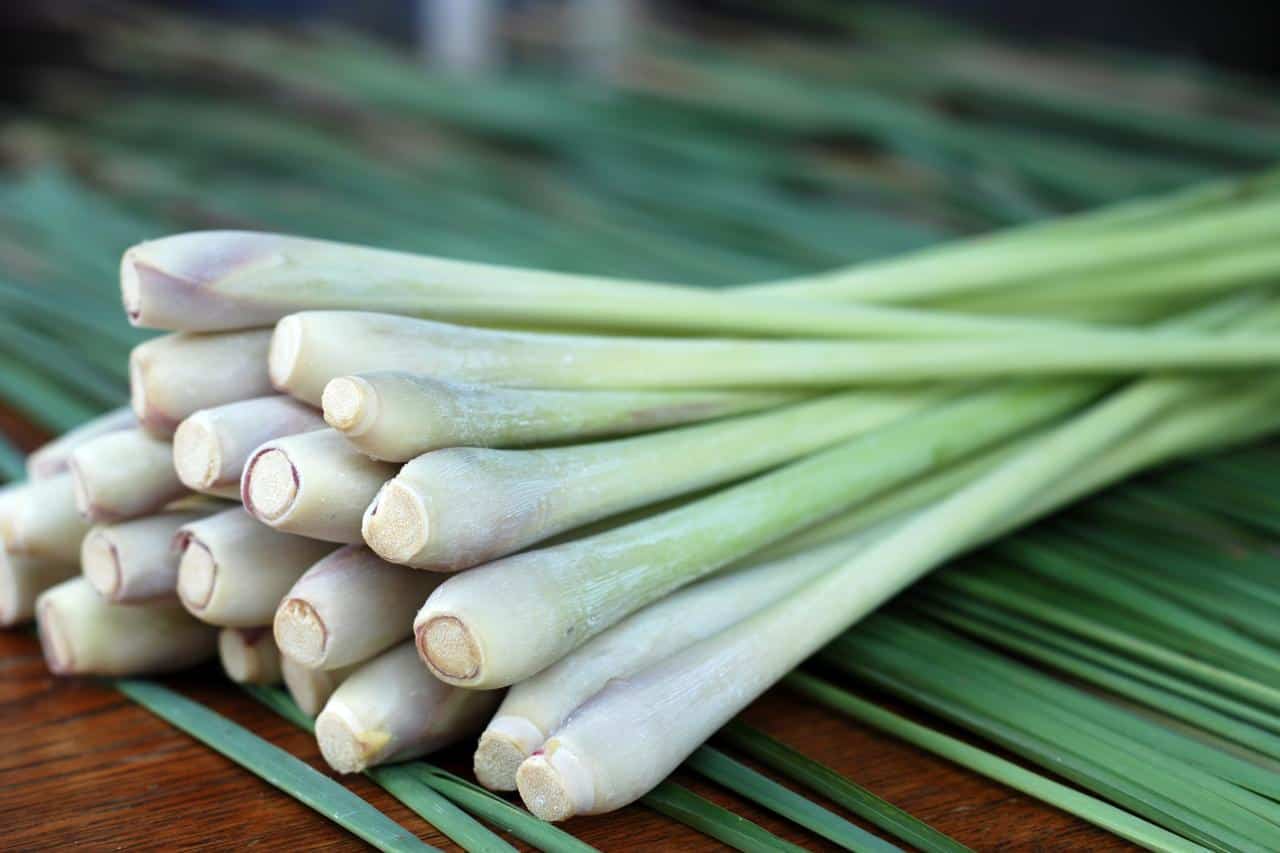
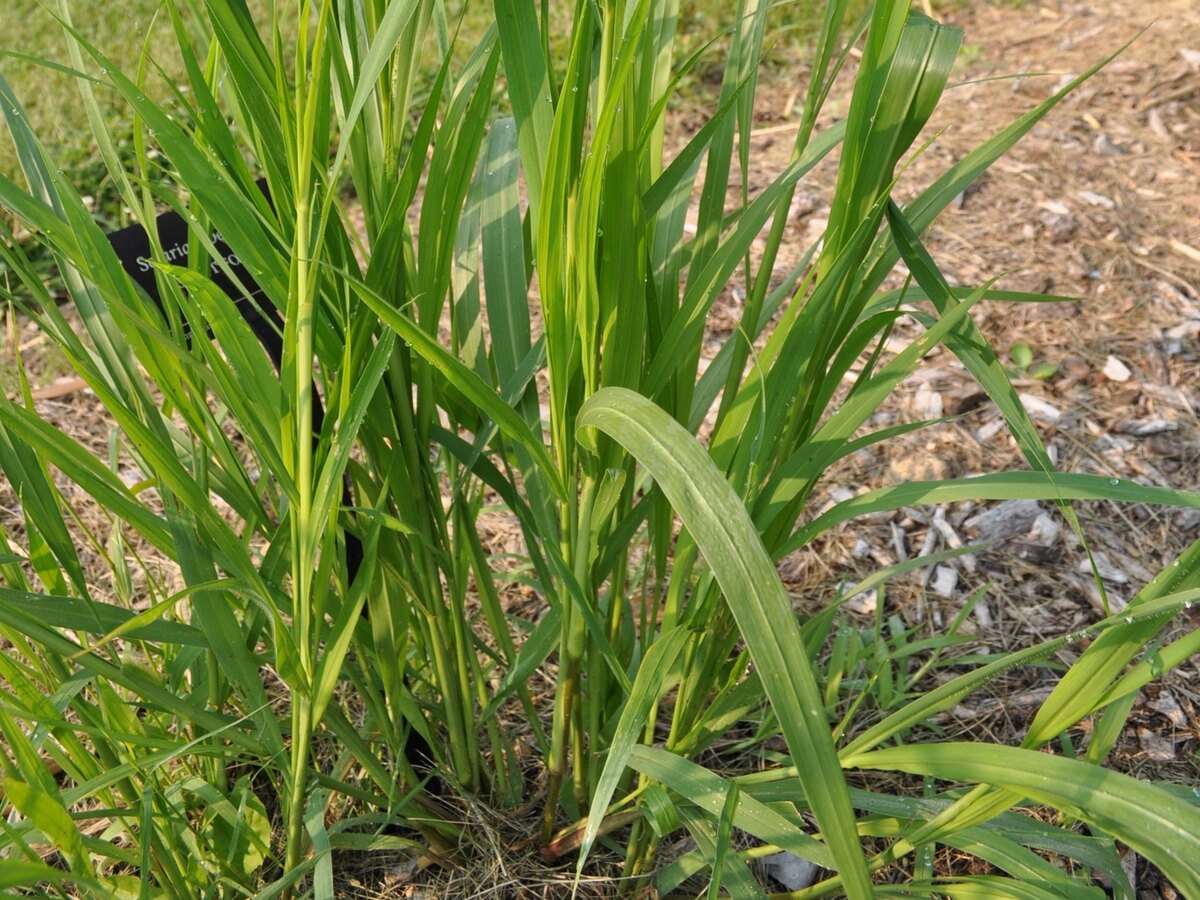
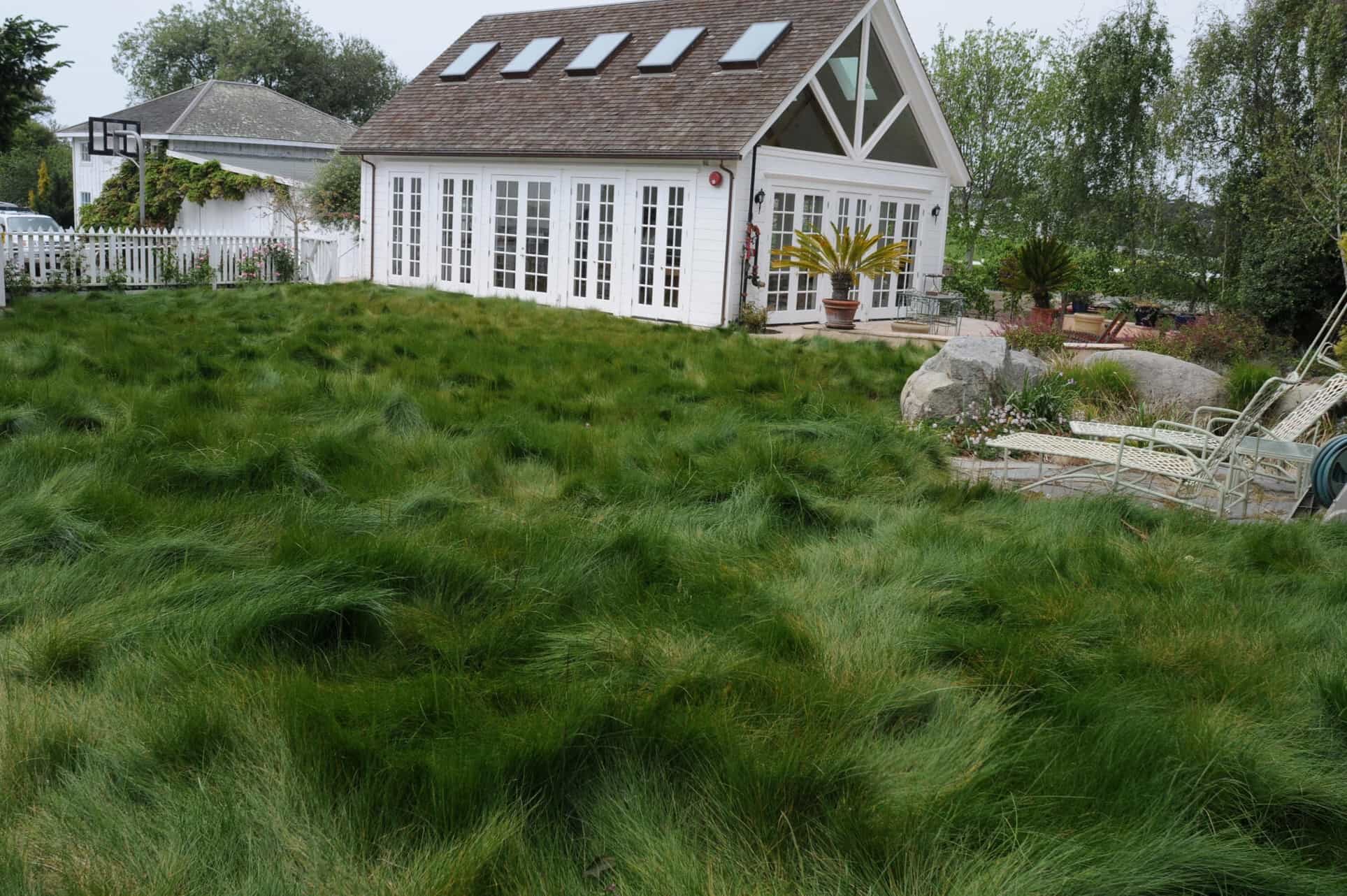
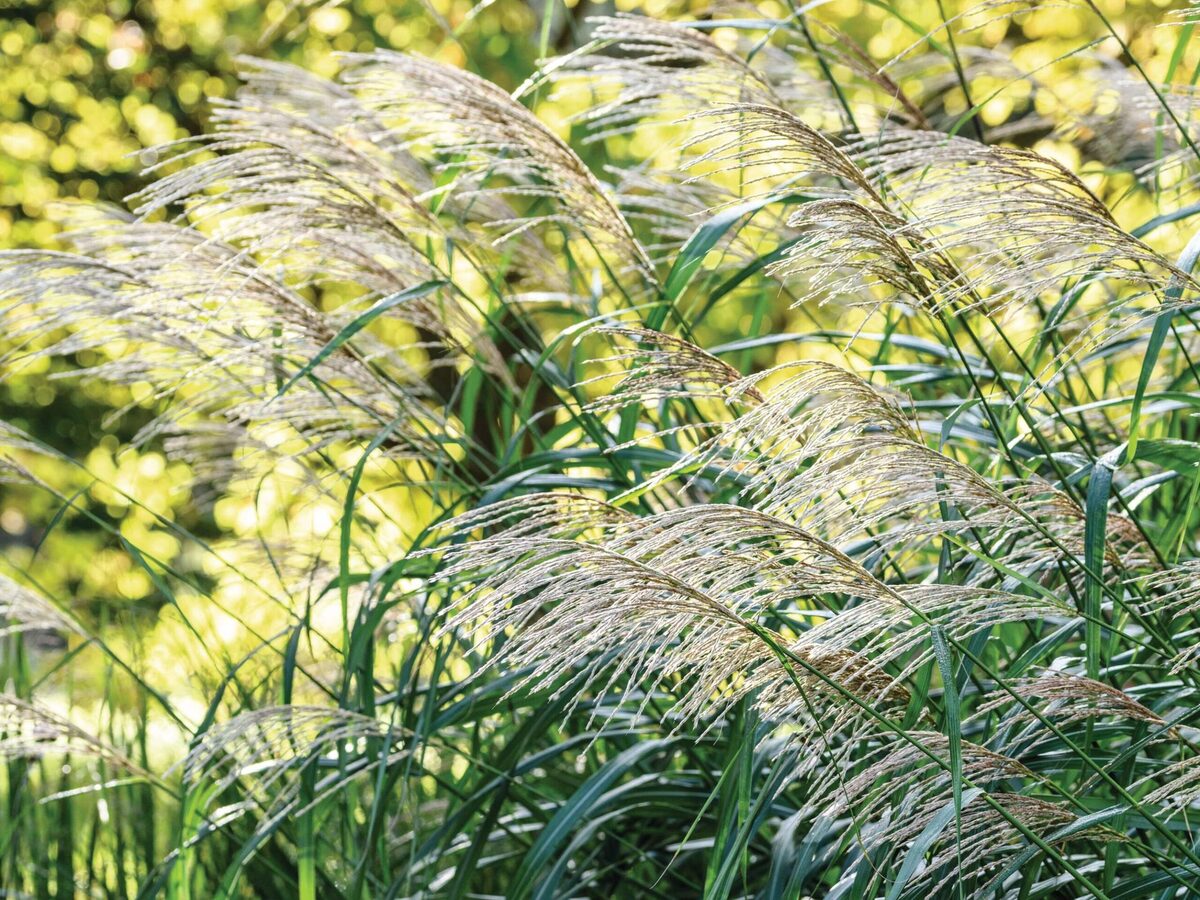
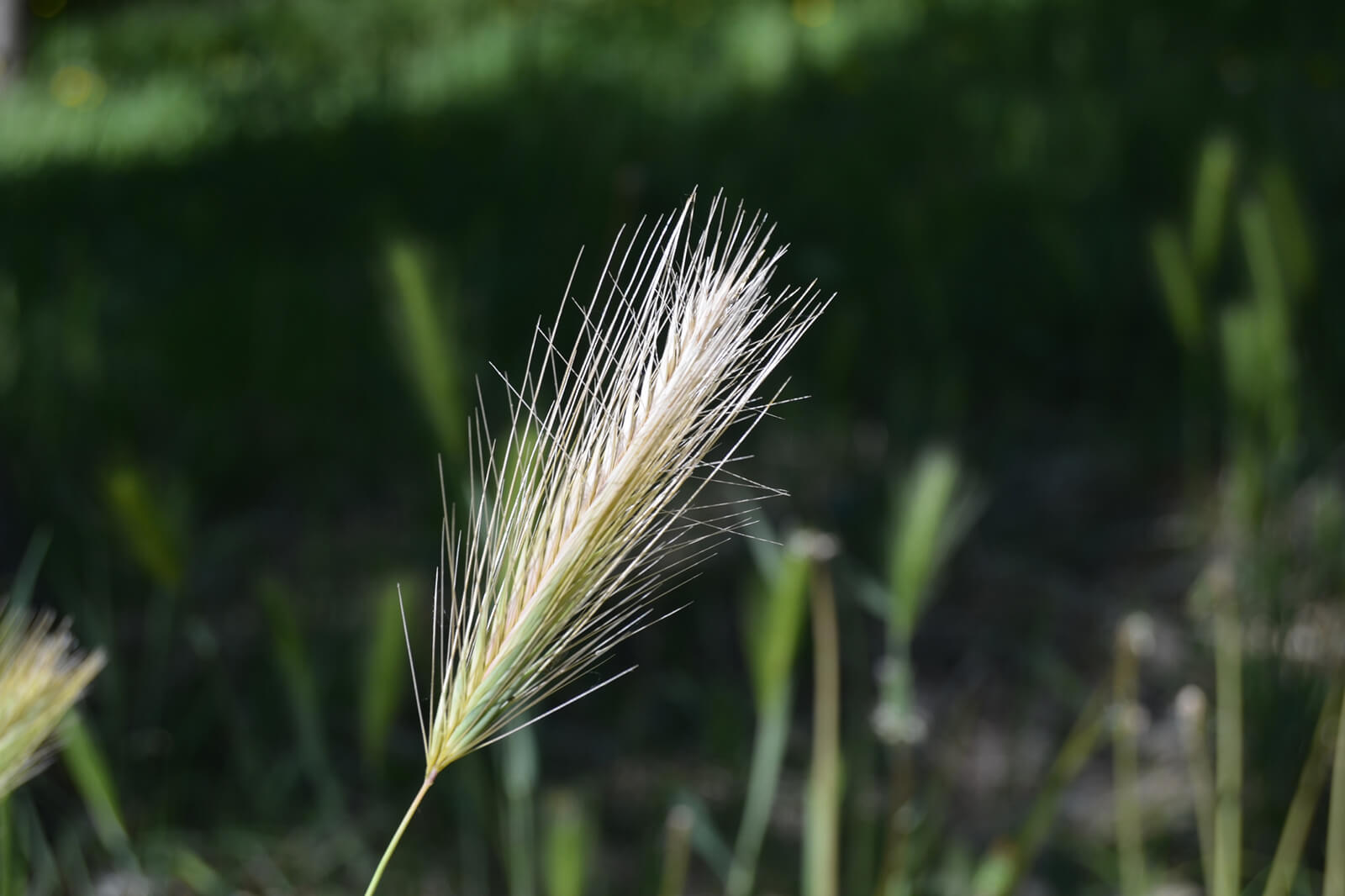
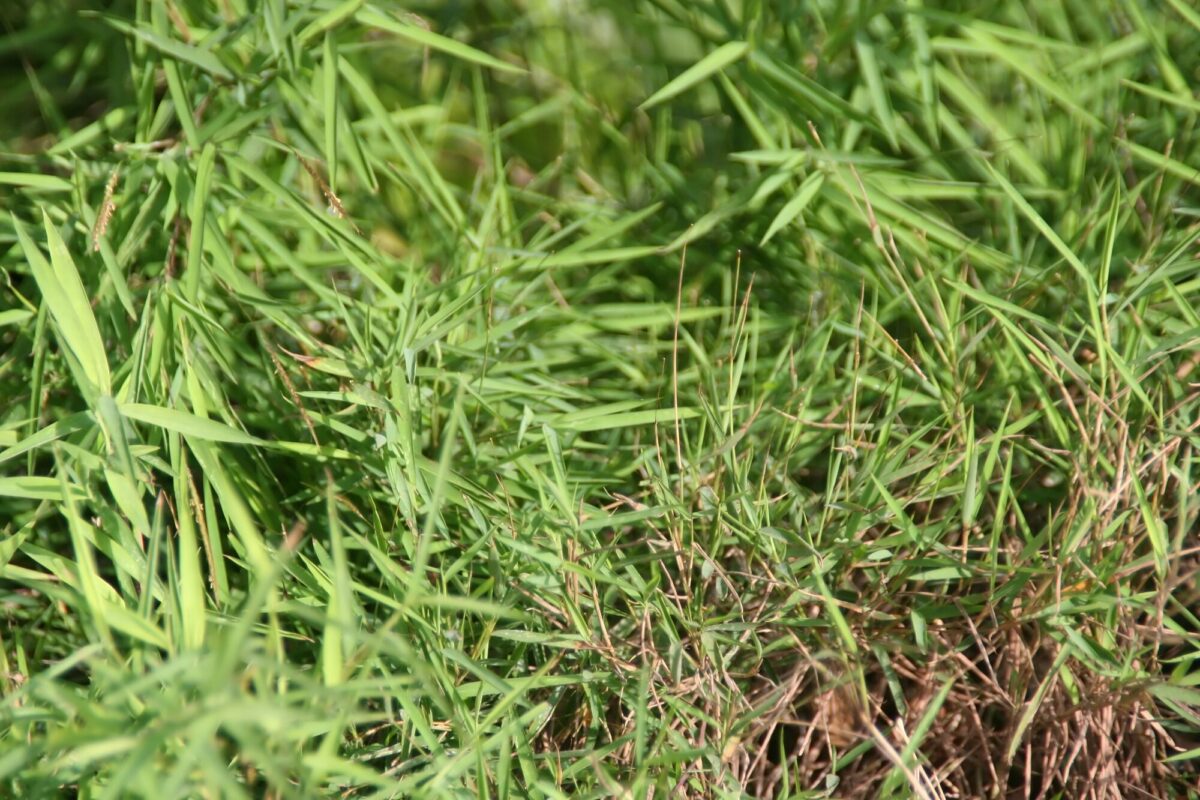

0 thoughts on “What Is The Prettiest Grass”